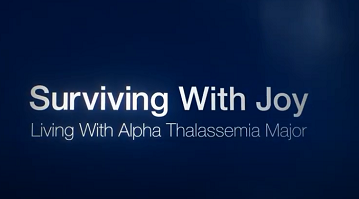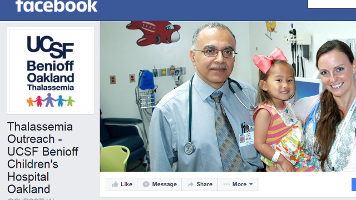Treating Hemoglobin H Disease
Often the patient with hemoglobin H is asymptomatic and is unprepared for the acute complications that occur during infection, pregnancy, and drug exposure. In particular, these include hemolytic and aplastic anemic episodes. Folic acid supplements and avoidance of oxidative compounds and medications are recommended. In mild cases, biannual visits are adequate. In more severe cases, more frequent visits are indicated. At routine visits, growth, development, facial bone deformity, dental status, and hepatosplenomegaly should be monitored. Routine monitoring of hemoglobin levels is required.
Patients with hemoglobin H disorders develop neonatal anemia. Splenomegaly and hypersplenism are relatively common. Splenectomy usually ameliorates the severe anemia noted in nondeletional hemoglobin H cases. Splenectomy may be required at a very young age in transfusion-dependent cases. Prophylactic antibiotics and infection precautions are similar to other splenectomy patients. Thrombosis prevention is indicated in cases requiring splenectomy. Low-dose aspirin or other anticoagulants may be used.
Ongoing monitoring of iron stores with quantitative imaging of the liver is indicated because of the unreliability of serum ferritin tests. In nontransfused patients, imaging should be initiated in early adolescence. Cardiac function monitoring is indicated. The frequency is determined by the anemia and the iron-overload status. Gallstones frequently occur in hemoglobin H disease, and cholecystectomy is indicated in symptomatic patients. Bone-density measurement should be initiated in early adolescence. Pregnancy requires more frequent monitoring because of the risk of severe anemia and pre-eclampsia.
See also:














